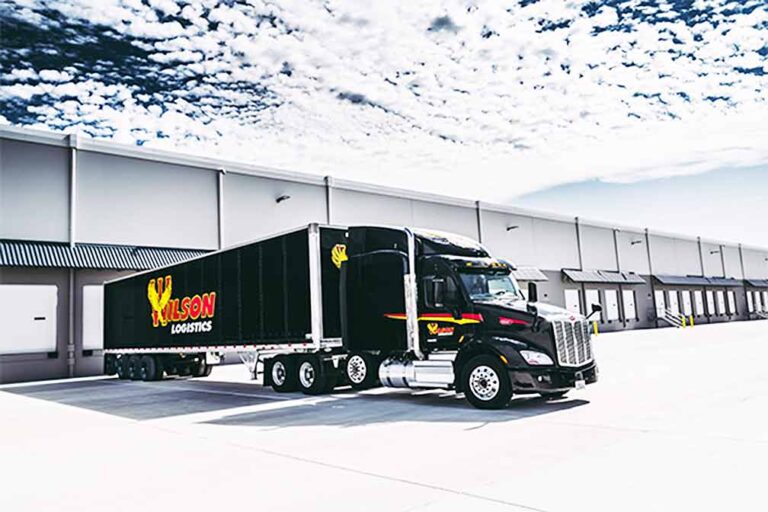PITTSBURGH — Autonomous truck company Locomation announced Thursday that Wilson Logistics has recommitted to deploy 1,120 Autonomous Relay ConvoySM units in its flagship fleet in the mid and south-central United States.
The original plan, announced in March 2020 at the Truckload Carriers Association annual conference, was for the 1,120 ARC units to be deployed in Wilson Logistics’ West Coast trucking operation, but that operation, and its assets, was sold late last year to Ashley Pacific Northwest, LLC, a subsidiary of Ashley Distribution Services, LTD.
With that divestiture complete, Wilson Logistics now turns its focus to deploying its autonomous truck service in the Midwest from its Springfield, Missouri and Dallas-Fort Worth hubs.
The parties have been engineering six freight lanes, valued at $524 million in annual revenue and an estimated $112 million in operating profit, for the high rates of asset utilization and operational efficiency expected from Locomation’s autonomous trucking system.
“Since choosing Locomation we have studied these lanes and everything that goes into producing a high-utilization, reduced-GHG-emissions autonomous trucking operation for the shippers we serve,” Darrel Wilson, founder and CEO of Wilson Logistics, said. “Locomation’s Autonomous Relay NetworkSM, analytics, systems and algorithms give us an exceptional understanding of where the margins are and how best to harvest them moving forward. We knew from the start that this was a relationship we wanted to go deeper and further with.”
Locomation’s ARC system is a human-led convoy of two trucks that are electronically tethered.
This Human-Guided AutonomySM solution enables one driver to operate the lead truck while a second driver rests in the follower truck, allowing carriers to safely operate two trucks for 20-22 hours per day, all while remaining in compliance with the U.S. Department of Transportation’s Hours-of-Service regulations. Locomation will enable carriers to deliver two times the cargo, two times farther and two times faster, while reducing the per truck GHG Footprint by up to 22% according to a recently completed independent, peer reviewed Life Cycle Assessment.
“We are thrilled to continue and deepen our partnership with Wilson,” Dr. Çetin Meriçli, Locomation’s co-founder and CEO, said. “Locomation has built its route planning and autonomous truck technology to leverage the value of long-established trucking routes and systems, and Wilson Logistics is poised to become a leader in the race to implement a supply chain custom built for autonomous trucks.”
The Trucker News Staff produces engaging content for not only TheTrucker.com, but also The Trucker Newspaper, which has been serving the trucking industry for more than 30 years. With a focus on drivers, the Trucker News Staff aims to provide relevant, objective content pertaining to the trucking segment of the transportation industry. The Trucker News Staff is based in Little Rock, Arkansas.















